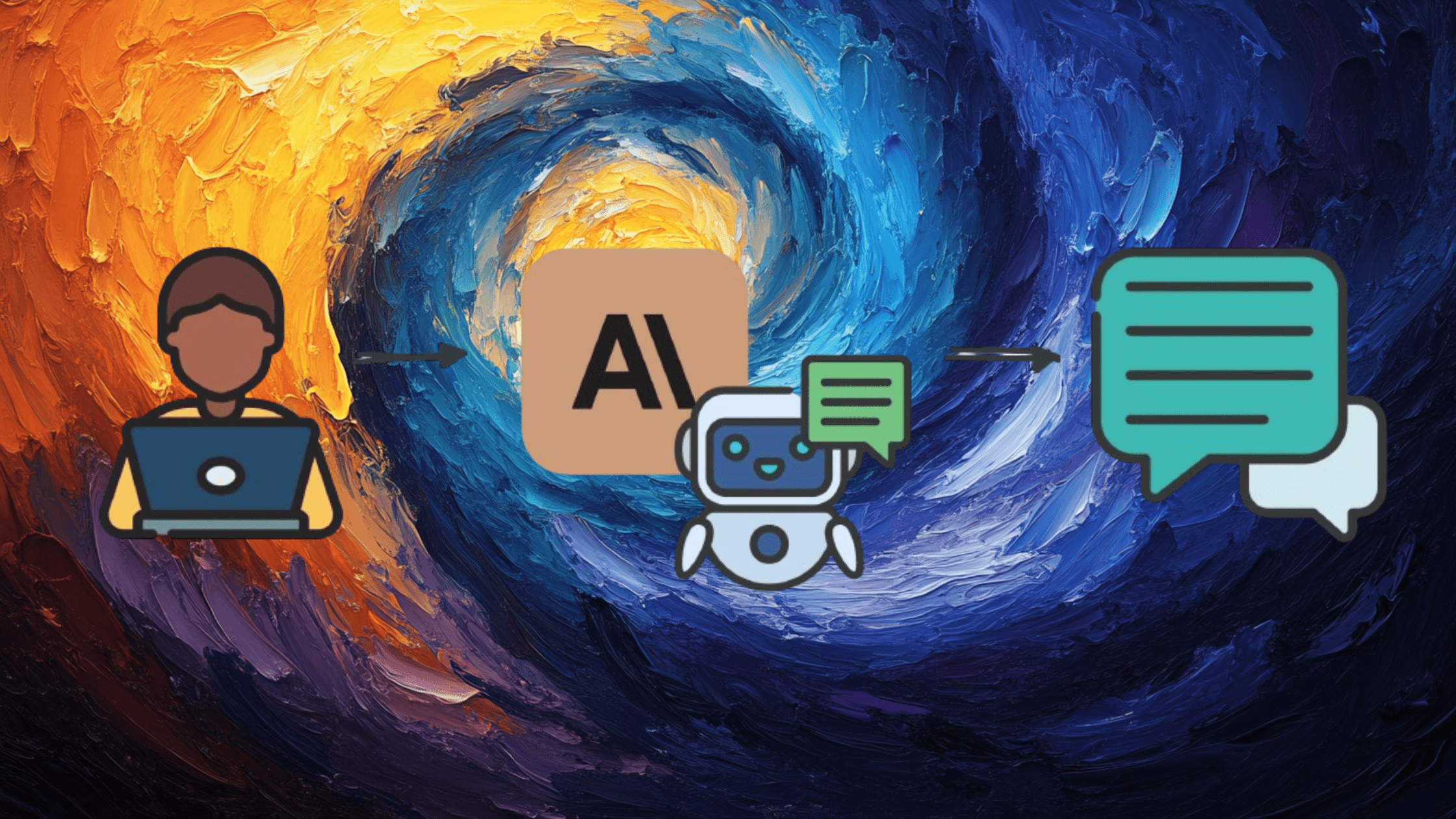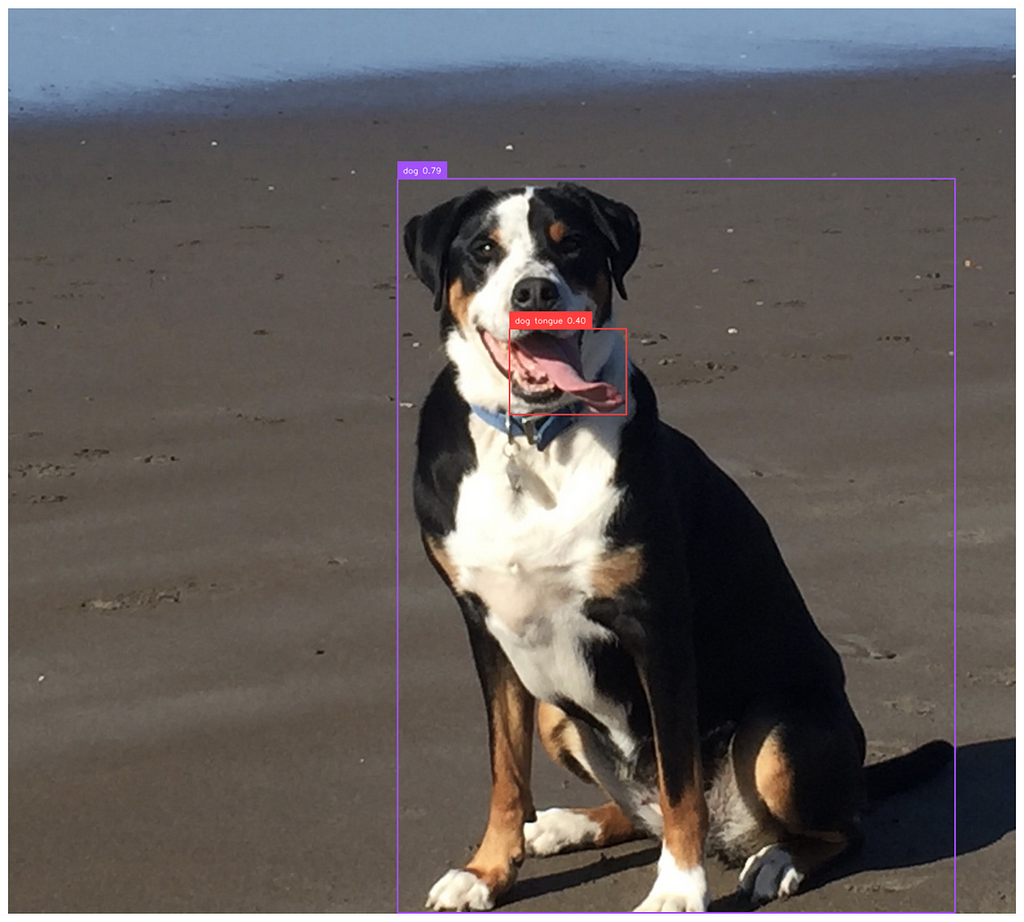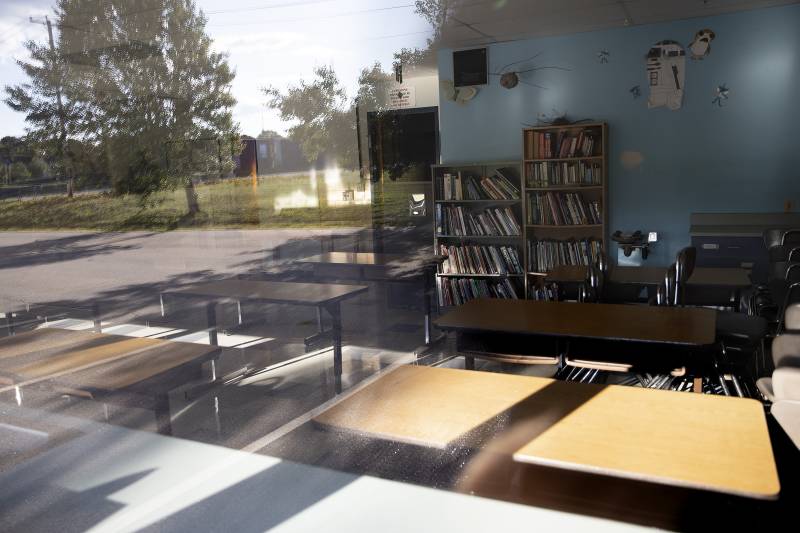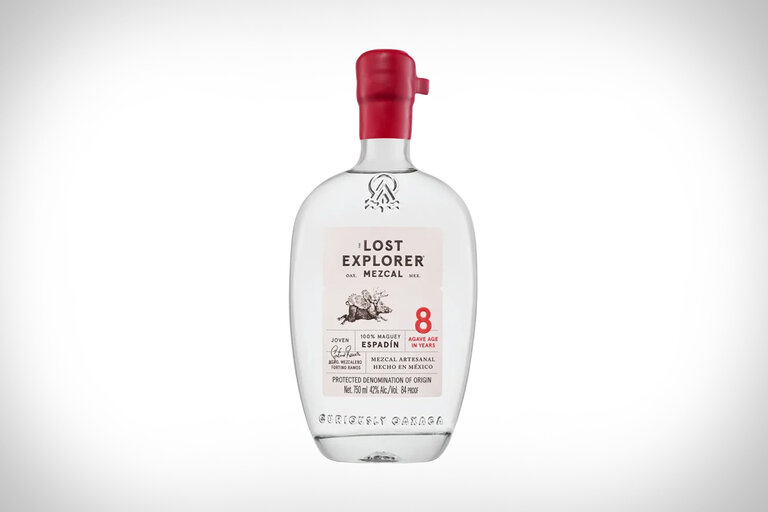Prevent Insecure Deserialization in Laravel: A Comprehensive Guide
Introduction Insecure deserialization is a critical web application vulnerability that can lead to severe consequences, such as remote code execution, privilege escalation, and data breaches. Laravel applications are not immune to this threat, but with proper understanding and countermeasures, you can secure your application effectively. This blog post will explore insecure deserialization in Laravel, its potential risks, and how to mitigate it with coding examples. We'll also highlight how to leverage our free Website Security Scanner Tool to identify vulnerabilities on your website. What Is Insecure Deserialization? Insecure deserialization occurs when an application accepts untrusted data during the deserialization process and executes it without proper validation. Attackers exploit this by injecting malicious payloads, leading to unintended behaviors. For instance, in Laravel, handling serialized data through cookies, sessions, or API payloads without validation can expose your application to risks. Example of Insecure Deserialization in Laravel Here's a simple example illustrating how insecure deserialization might occur: In this example, if the $data parameter contains a malicious payload, it could lead to severe consequences like remote code execution. Preventing Insecure Deserialization in Laravel 1. Avoid Using unserialize Directly The unserialize function is inherently risky. Use secure alternatives, such as json_decode for serialized JSON data, wherever possible. 2. Validate and Sanitize Input Always validate and sanitize user inputs before processing them. Use Laravel's built-in validation rules: Leverage Our Free Tool for Vulnerability Scanning Use our Website Security Checker to scan your Laravel application for insecure deserialization vulnerabilities and other security issues. Homepage of the free tool to show its interface and features. 3. Implement Secure Serialization Libraries Use Laravel's Crypt facade for encrypting and decrypting serialized data securely: This ensures that the serialized data is encrypted and tamper-proof. 4. Monitor Application Behavior Monitor your application for unusual behavior or deserialization-related errors. A Website Vulnerability Assessment Report generated by our tool to check website vulnerability after scanning for insecure deserialization. Conclusion Insecure deserialization is a serious threat, but with best practices and the right tools, you can effectively mitigate it. By avoiding risky functions like unserialize, validating user inputs, and leveraging Laravel’s secure libraries, you can strengthen your application's security posture. Don't forget to utilize our Free Website Security Checker Tool to identify and resolve vulnerabilities in your Laravel application. Start your scan today: https://free.pentesttesting.com/

Introduction
Insecure deserialization is a critical web application vulnerability that can lead to severe consequences, such as remote code execution, privilege escalation, and data breaches. Laravel applications are not immune to this threat, but with proper understanding and countermeasures, you can secure your application effectively.
This blog post will explore insecure deserialization in Laravel, its potential risks, and how to mitigate it with coding examples. We'll also highlight how to leverage our free Website Security Scanner Tool to identify vulnerabilities on your website.
What Is Insecure Deserialization?
Insecure deserialization occurs when an application accepts untrusted data during the deserialization process and executes it without proper validation. Attackers exploit this by injecting malicious payloads, leading to unintended behaviors.
For instance, in Laravel, handling serialized data through cookies, sessions, or API payloads without validation can expose your application to risks.
Example of Insecure Deserialization in Laravel
Here's a simple example illustrating how insecure deserialization might occur:
use Illuminate\Support\Facades\Route;
use Illuminate\Support\Facades\Crypt;
// Route to handle serialized data
Route::get('/deserialize', function () {
$data = request('data'); // Untrusted input
$deserializedData = unserialize($data); // Vulnerable to deserialization attacks
return response()->json($deserializedData);
});
?>
In this example, if the $data parameter contains a malicious payload, it could lead to severe consequences like remote code execution.
Preventing Insecure Deserialization in Laravel
1. Avoid Using unserialize Directly
The unserialize function is inherently risky. Use secure alternatives, such as json_decode for serialized JSON data, wherever possible.
use Illuminate\Support\Facades\Route;
Route::get('/deserialize-safe', function () {
$data = request('data'); // Input from the request
$safeData = json_decode($data, true); // Safe deserialization
return response()->json($safeData);
});
?>
2. Validate and Sanitize Input
Always validate and sanitize user inputs before processing them. Use Laravel's built-in validation rules:
use Illuminate\Support\Facades\Validator;
$data = request('data');
$validator = Validator::make(['data' => $data], [
'data' => 'required|json',
]);
if ($validator->fails()) {
return response()->json(['error' => 'Invalid data format'], 400);
}
// Safe processing here
?>
Leverage Our Free Tool for Vulnerability Scanning
Use our Website Security Checker to scan your Laravel application for insecure deserialization vulnerabilities and other security issues.
 Homepage of the free tool to show its interface and features.
Homepage of the free tool to show its interface and features.
3. Implement Secure Serialization Libraries
Use Laravel's Crypt facade for encrypting and decrypting serialized data securely:
use Illuminate\Support\Facades\Route;
use Illuminate\Support\Facades\Crypt;
Route::get('/secure-serialize', function () {
$data = ['user' => 'admin', 'role' => 'superuser'];
// Encrypt serialized data
$encryptedData = Crypt::encrypt(serialize($data));
// Decrypt safely
$decryptedData = unserialize(Crypt::decrypt($encryptedData));
return response()->json($decryptedData);
});
?>
This ensures that the serialized data is encrypted and tamper-proof.
4. Monitor Application Behavior
Monitor your application for unusual behavior or deserialization-related errors.
 A Website Vulnerability Assessment Report generated by our tool to check website vulnerability after scanning for insecure deserialization.
A Website Vulnerability Assessment Report generated by our tool to check website vulnerability after scanning for insecure deserialization.
Conclusion
Insecure deserialization is a serious threat, but with best practices and the right tools, you can effectively mitigate it. By avoiding risky functions like unserialize, validating user inputs, and leveraging Laravel’s secure libraries, you can strengthen your application's security posture.
Don't forget to utilize our Free Website Security Checker Tool to identify and resolve vulnerabilities in your Laravel application.
Start your scan today: https://free.pentesttesting.com/




































































